Most urban residents don’t have enough back or front yards to create at-home green spaces.
The only chance they get to interact with nature is when they visit parks or communal gardens in residential neighborhoods. But those options aren’t viable at the moment due to the ongoing lockdown and social distancing guidelines that the coronavirus has precipitated in most major cities across the planet. This, however, doesn’t mean we can’t pack micro-farms onto our window sills, porches, balconies, and fire escape with the help of some modern gardening techniques and equipment. If you are interested in indoor gardening during quarantine, here are 6 things you need to know.
What are you growing?
Your planning starts with a choice of what you are going to grow. Growing herbs, for example, is different from growing greens or flowers. They all have different lighting and water needs. Your choice of growing pots and spots will also be determined by the plants you decide to bring indoors.
If you opt for herbs, your best choices are rosemary, basil, and mint because they thrive under limited sunlight. However, you cannot grow mint and other herbs together due to their scattered growth patterns.
If you opt for greens, your best option is micro-greens. Sprouts do not do well indoors, plus they harbor bacteria that you don’t want to bring into your living spaces. Micro-greens are great because they are as delicious as common greens (they actually make the best salad and garnish for main dishes) and they don’t grow too large. Some of your best micro-green options include lettuce, watercress, and spinach. You can hang those from your kitchen ceiling or grow them on your kitchen counter.
Only consider growing cabbages if you have a big kitchen space because they require large grow pots.
Do you have enough sunlight?
Providing sufficient water and air for your indoor garden can be challenging, but definitely not as challenging as managing the lighting conditions in a confined space. You, therefore, have to be very careful about the sun requirements of the plants you choose. If they need continuous sunlight, just forget about them and find other alternatives. Cacti, succulents, and Ficus, for example, require at least 6 hours of bright sunlight per day to be optimally healthy. Don’t bring them indoors if you don’t have a south-facing window that gets at least 6 hours of intense sunlight per day.
Examples of indoor plants that do not require too much light are pothos and Chinese evergreens. Those will do well under a shadow or with little, indirect light.
If you cannot provide the kind of light your houseplants need from a natural source (by placing them near a window), you can always mimic the sun by installing LED grow lights. Tech advancement has brought quality to grow lights that offer the full spectrum of light that indoor plants need. You just need to place them near your plants and keep them on for half a day, or 16 hours a day if you are growing cacti.
The watering needs of a plant
Plants have different water requirements, so you need to be sure how much watering your plants need to avoid over or under-watering. Both which can be fatal for the plants. For instance, succulents and desert cacti require less watering as compared to other plants. Ideally, you should check the moisture of the soil once a week, and water when it feels dry. However, as time goes and you get accustomed to your plants, you will be able to know when to water them much easier. Nevertheless, before you get to that point, here are a few ways to check if your plants need water.
- Stick your finger 2-3 inches in the soil to check the moisture in the soil. If it feels dry, then your plant needs to be watered.
- Alternatively, you can use a stick. If the soil is moist, the stick will come out with soil stuck to it.
- Check the color of the soil; if it is wet, it will appear darker.
What happens to your plant when they are under-watered?
- The growth of your plants will be slowed. You may notice the leaves being smaller than the required size.
- The leaves will dry on the edges, others will appear curled while others will yellow and drop off.
On the other hand, overwatering the plants will…
- Cause growth of bacteria and fungi in the soil, which can eventually cause the roots to rot.
- The edge of the leaves will start browning.
- It will encourage pest infestation.
- The plant will appear wilted.
Plants also need humidity to grow
Most plants can’t thrive in dry air. When the air is dry, the leaves lose moisture in the air and it can be hard to replace from the water the plant is getting. If the humidity is too low, the leaves will start drying at the tips and appear curled. You will also find that the moisture dries up too quickly requiring frequent watering.
Again, plants have different humidity requirements. Those with thick, waxy, or leathery leaves as well as those covered with hair tend to do well in low humidity as compared to those with thinner leaves.
However, there are several ways that you can raise the humidity for your plants.
- Place some pebbles in a shallow tray filled with water and place your plant on the top. You can also place the tray next to the plant if you have space. The idea is for the water to evaporate around the plant.
- Mist the leaves with distilled/filtered water. The downside of this is that leaves in some plants tend to dry up quickly, so you might need to mist them several times a day.
- The air in the bathroom is usually high in humidity. You can let your plant sit in the bathroom for a few minutes once in a while. You can also place them near the kitchen sink as the area is high in humidity as well.
- Fill a heatproof utensil with water and place it near the plant. It will increase the humidity as the steam evaporates into the air. Just like misting, you might need to do this several times a day.
- Run a humidifier once in a while. You however need to look out for mold and fungus growth. Ensure you clean the humidifier regularly to avoid this.
- Create a contained environment for the plants to preserve the moisture leaving the plants leaves. You can cover the plant with a glass or a clear plastic bag or grow them in closed or semi-open glass structures (terrariums).
- Plants growing closely together increase humidity in the air. Consider grouping your plants in one place for this purpose.
Plants will need repotting in the future
Even as you are starting to grow indoor plants, it is good to know that at some point your plant will outgrow the pot. You will need to repot your plants at this time. You will tell if it is time to repot when you notice the plant looking too big for the pot, roots overgrowing from the drainage holes or when the water sits at the top of the soil rather than being absorbed.
When choosing a new pot, ensure that it is bigger than the old one and it has drainage holes. Fill it with a new growing medium to give roots something to grow on.
Be careful when removing the plant from the old pot. Do not pull it out as it can easily destroy the plant. Rather, tilt the plant in different directions to loosen it from the pot.
How to start an indoor garden
Now that you know which plants to grow and their lighting, watering, humidity needs, proceed to create your garden:
- Prepare your jars (pots) by cleaning them (especially if you are using repurposed containers) and fill their bottom with small layers of pebbles. Those are needed for proper drainage especially when using glass jars. If you use plastic jars, you can poke a few drainage holes at the bottom.
- Fill each jar with compost up to about ¾ full.
- Add organic potting soil on top. The soil can be 2-3 inches thick and at least an inch below the top of the container. Ensure that the surface is smooth. If your soil isn’t smooth enough, sift it through a mesh sieve.
- Scatter micro-green seeds of your choice over the surface of the soil and cover them with a thin layer of soil.
- Gently shower the seeds using a watering can and then put the pots in a drip tray where they will stay for a few days. Place the drip tray under grow lights, or in a balcony with sufficient lighting, and be watering them once in a while. Ensure that the soil is never too moist or dry. Keep doing that even after the greens germinate.
You have a garden now. Remember to water it regularly and to provide it with sufficient lighting.
Conclusion
It is refreshing to grow your own fresh herbs, fruits, or vegetables in your kitchen. Not just because you eat them but also because some are natural air purifiers. You will save yourself from respiratory problems and at the same time eat healthy without spending too much.

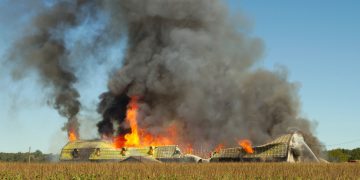

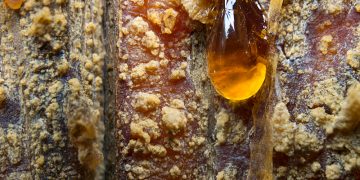

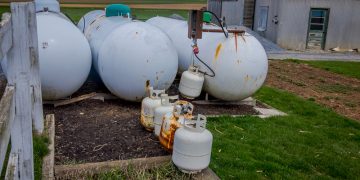




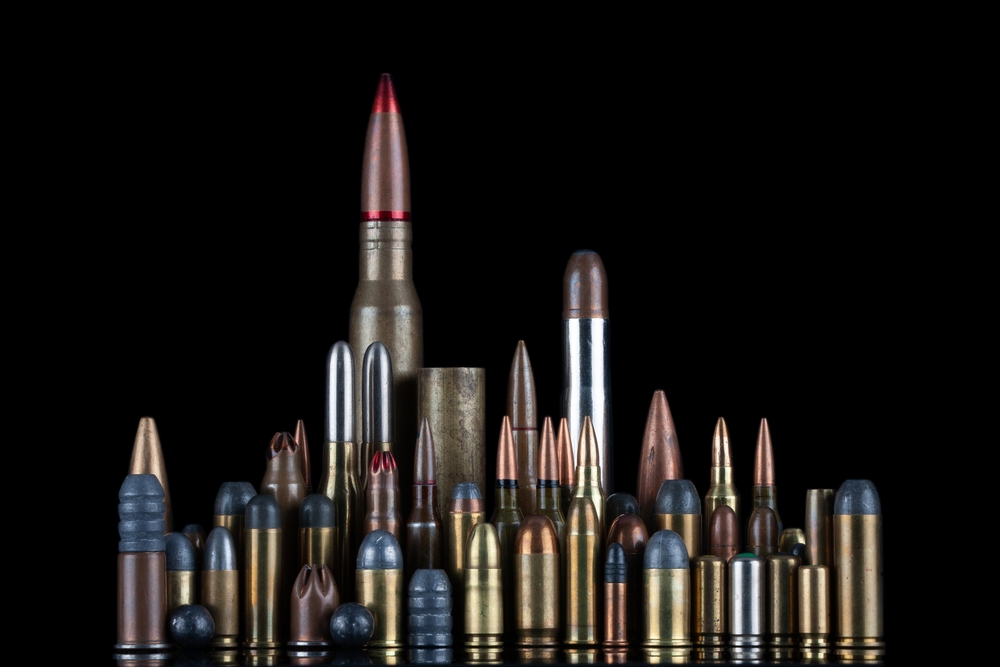
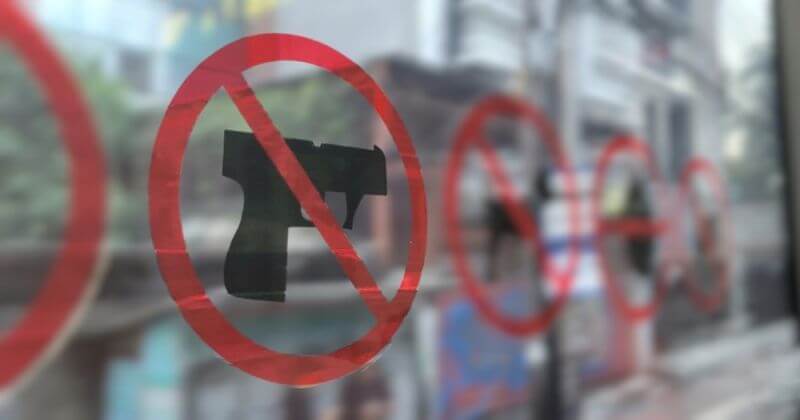


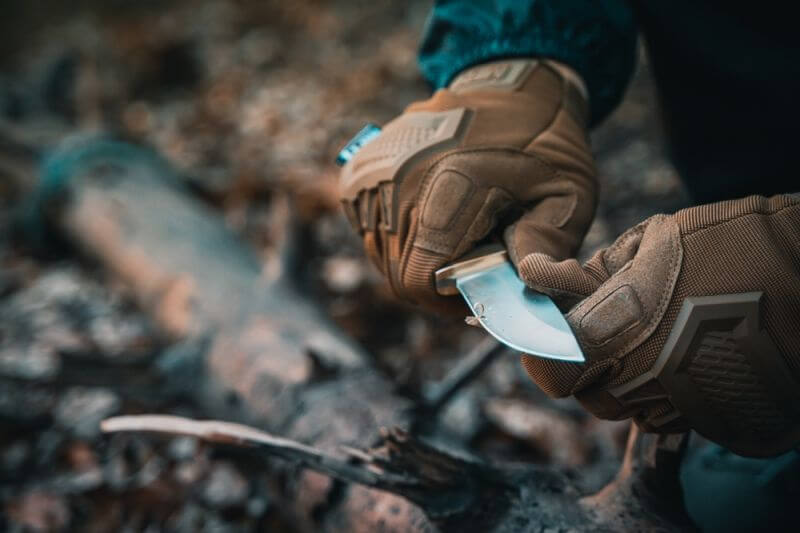
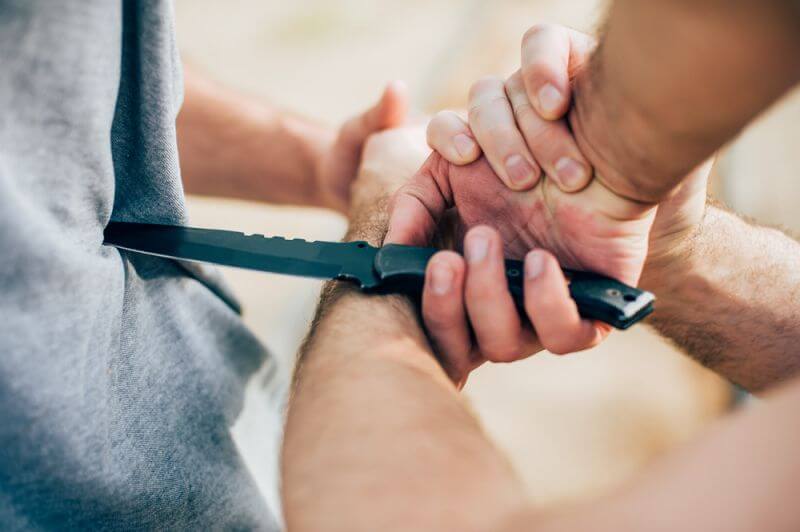
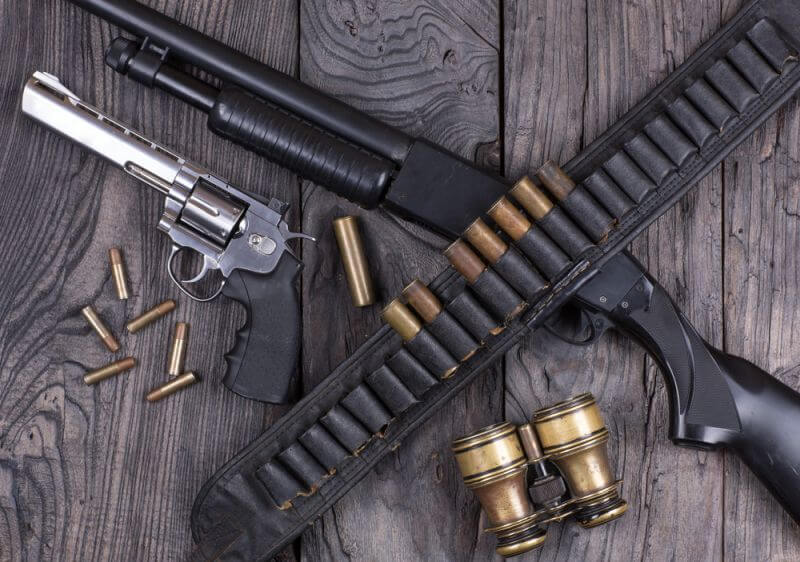

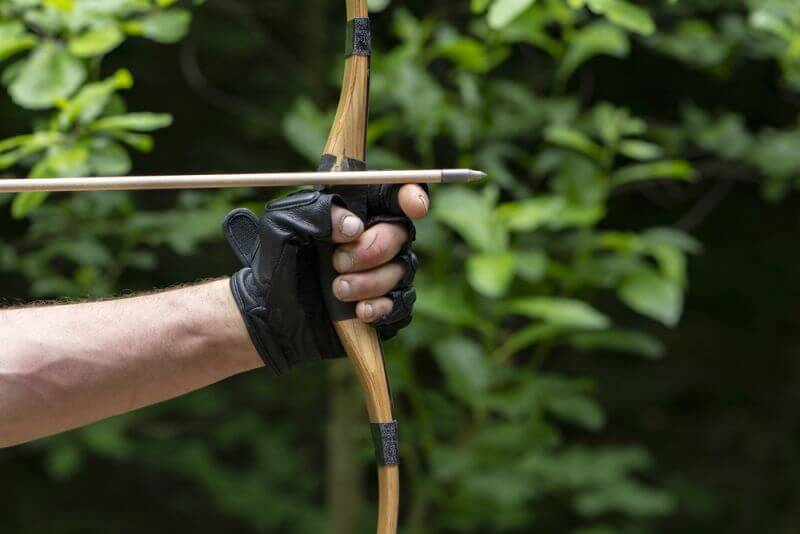
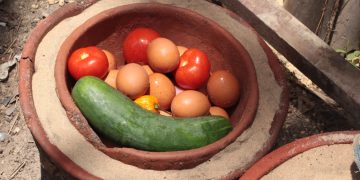

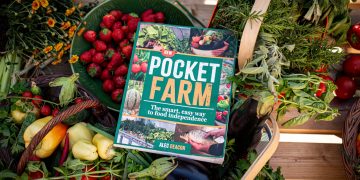
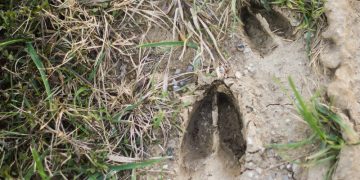
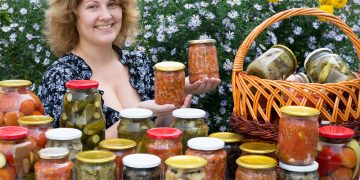


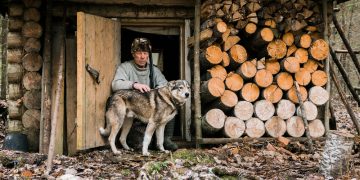
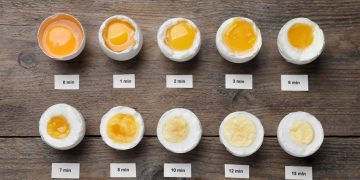

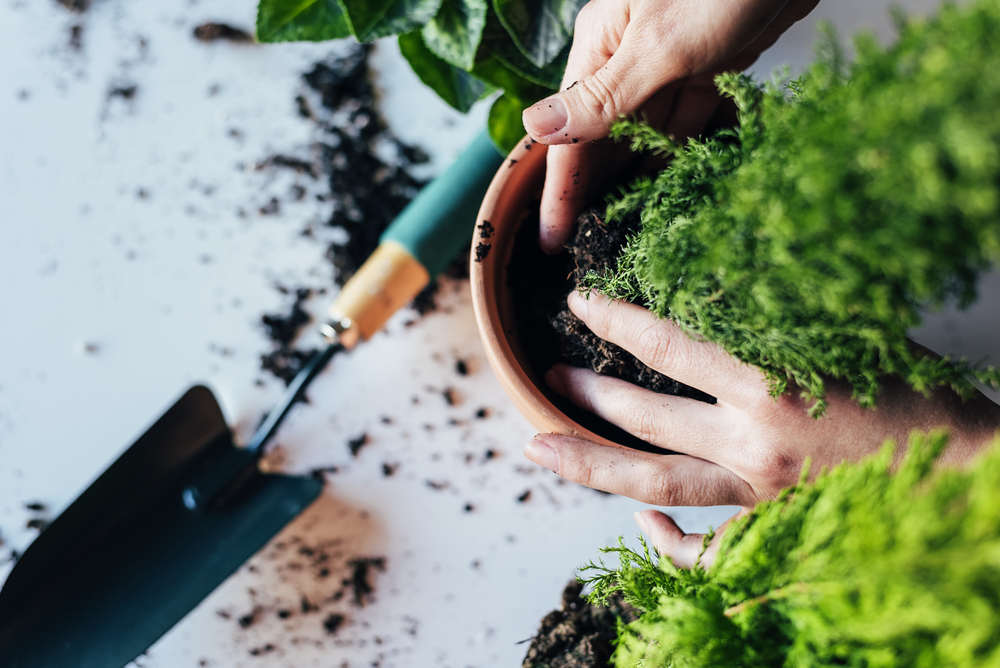



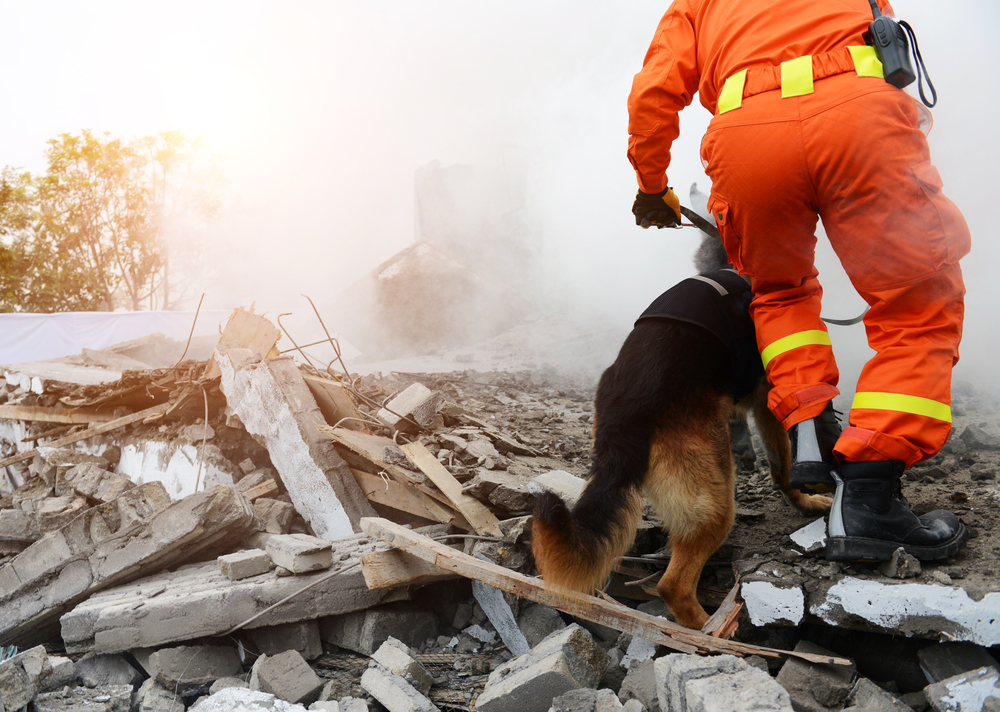

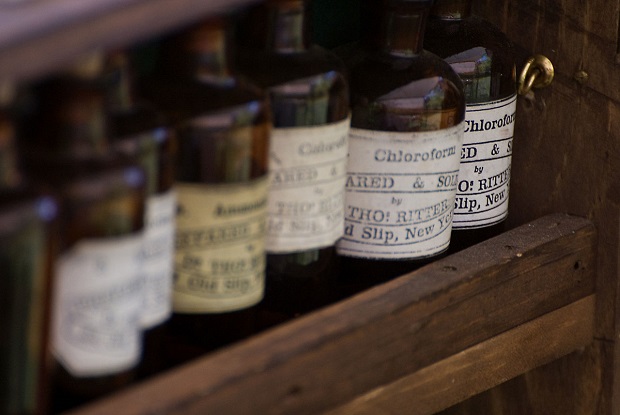
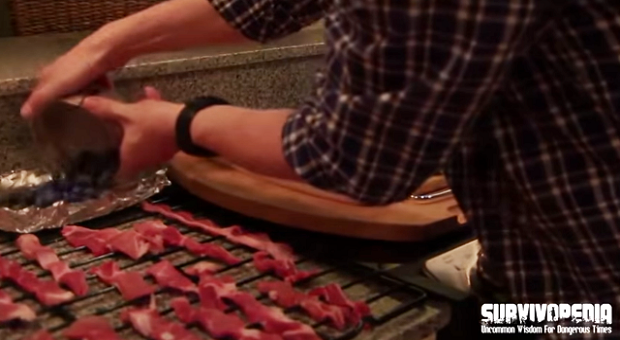



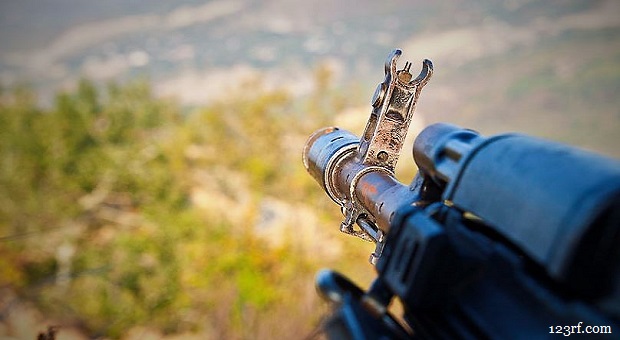
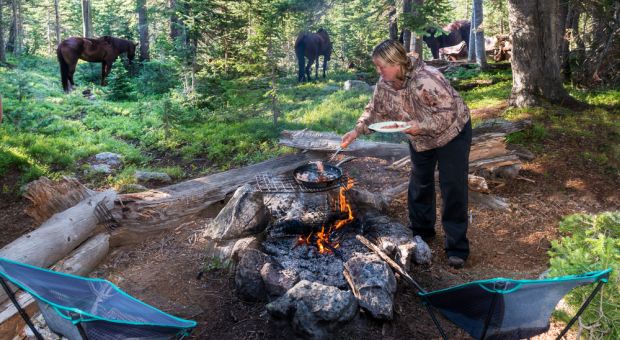
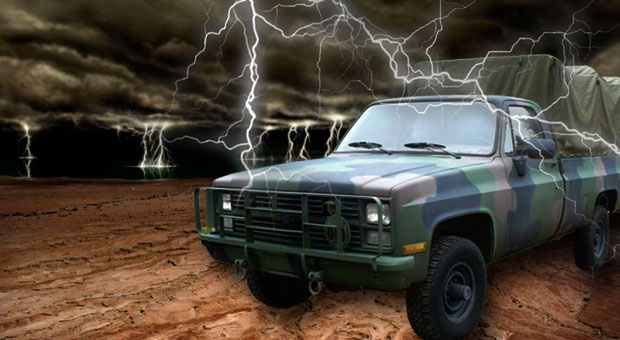
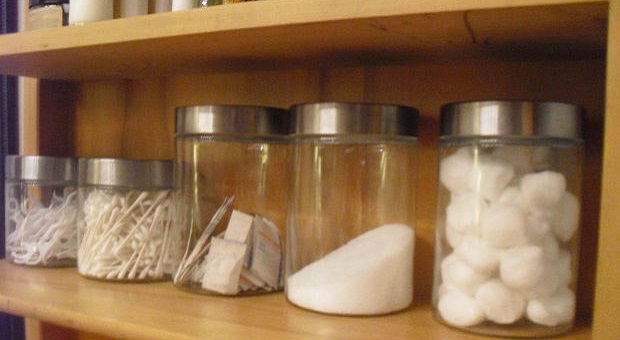
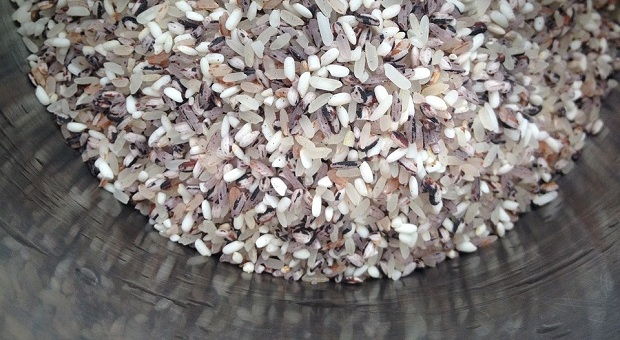







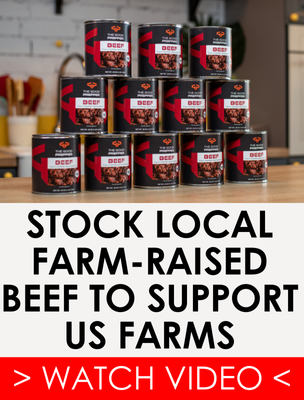
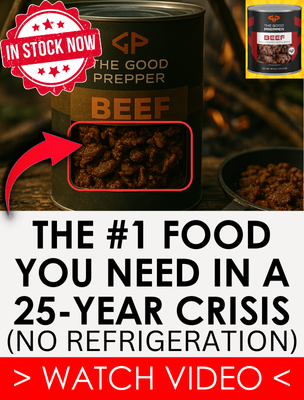



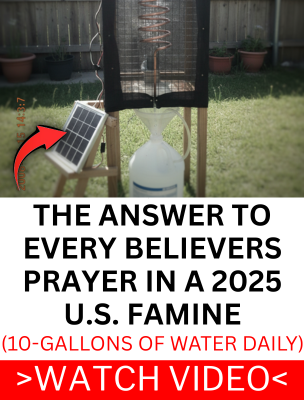
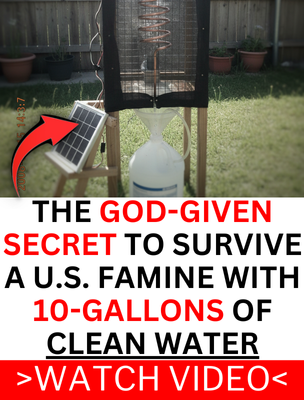



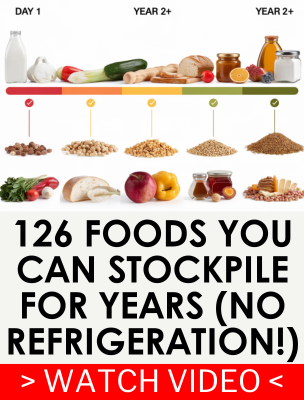
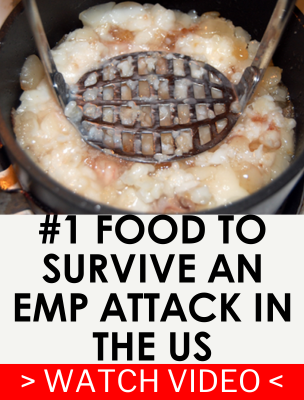

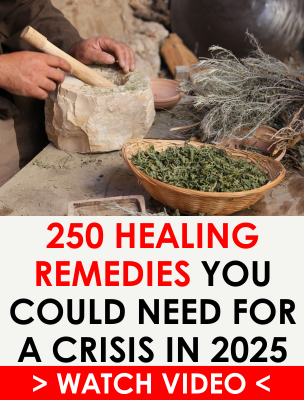
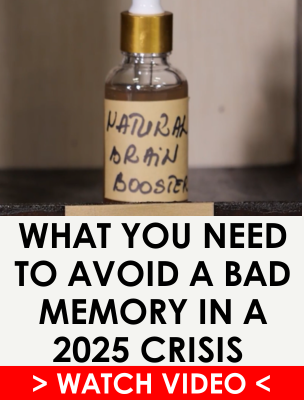
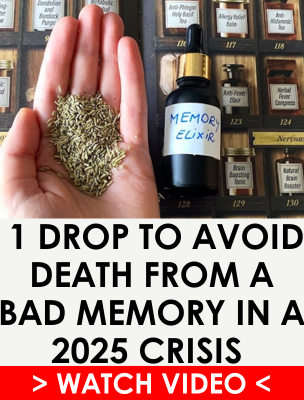



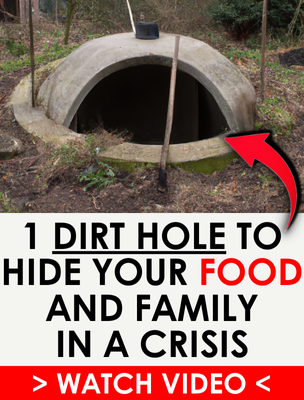
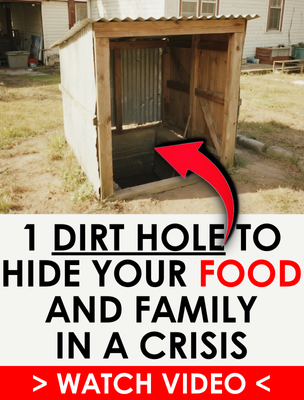
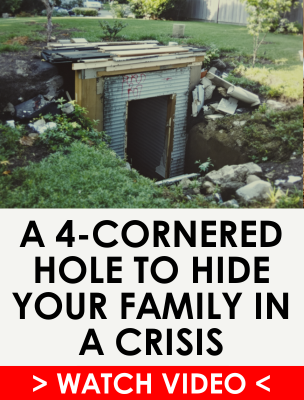

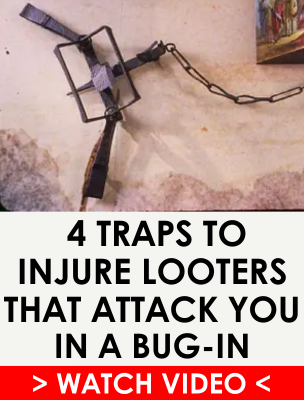
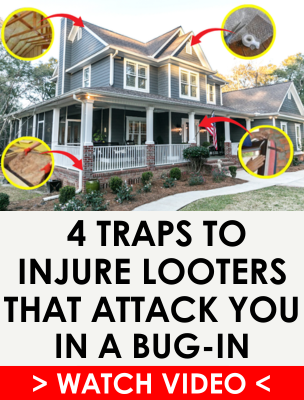
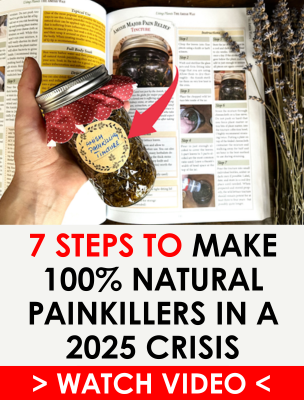
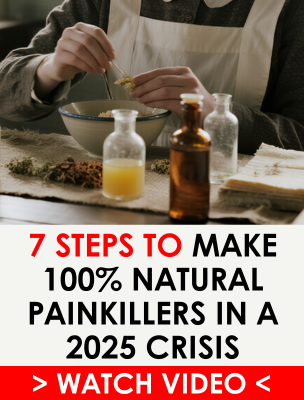
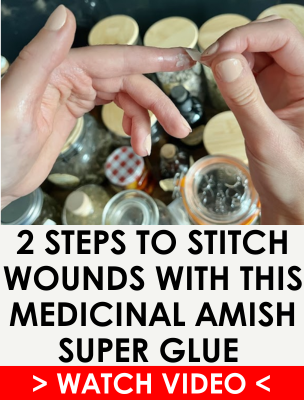
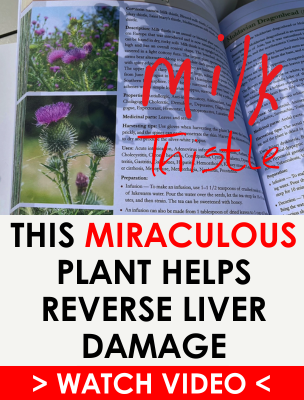

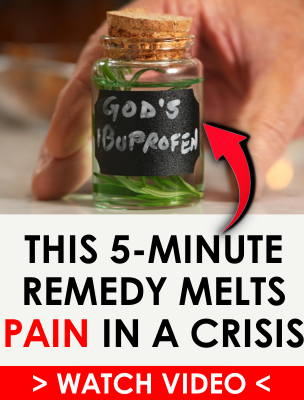
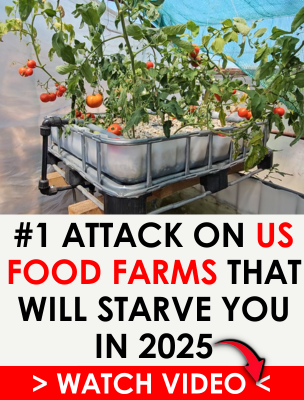
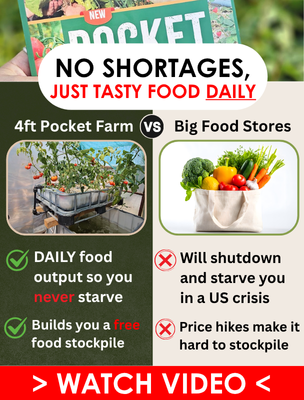


Fruits, Herbs or Vegetables. In which h category do pothos and ficus fall into? I didn’t know these were edible! (Tongue-in-cheek,Survivopedia.)
GO Very S-L-O-W and Check Often – when Adding Humidity to Any plant group. Overdoing humidity will cause uncorrectible problems – you may not be able to repair the damage.
No light necessary until germination happens and you see seedlings poking up through the soil. So seed starting pots can be kept in a less ‘prime’ location for the week it usually takes for seeds to germinate. This is something to consider for those without a lot of space in front of a south window or under a grow light.